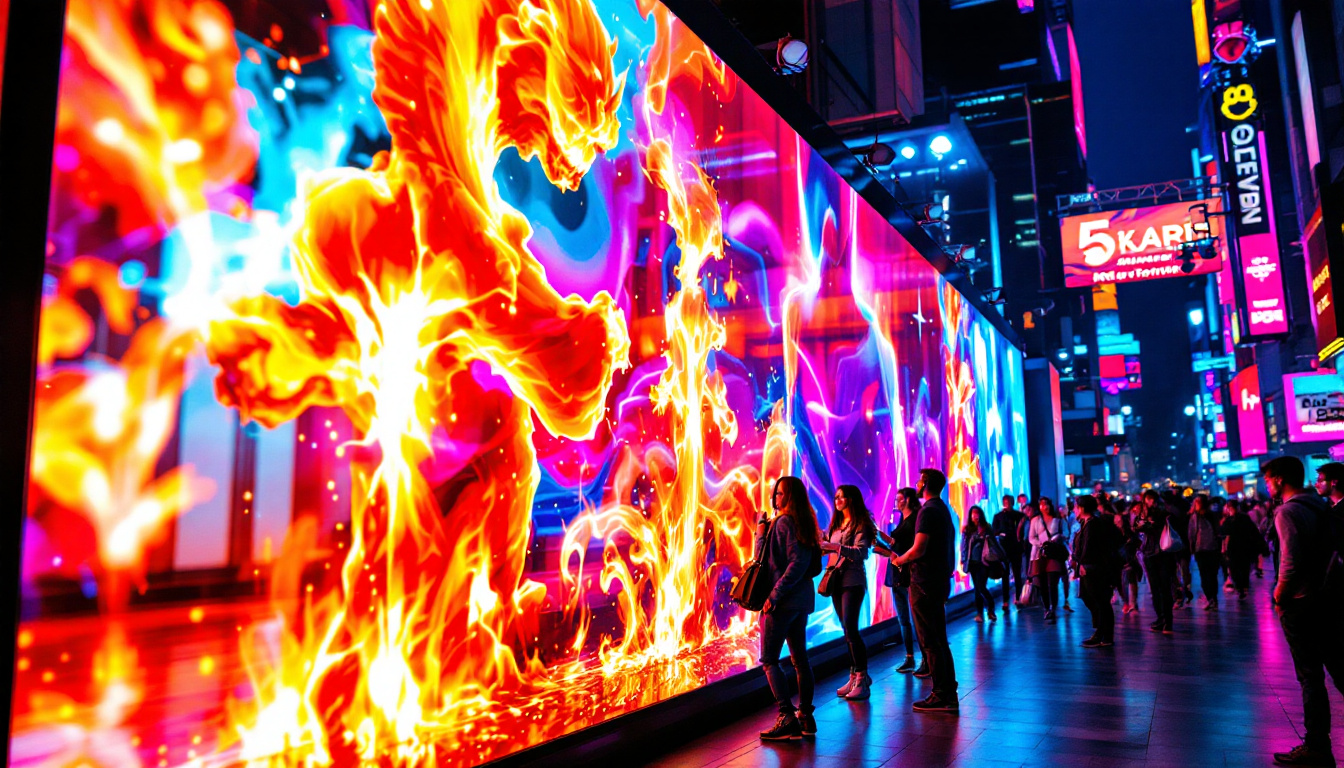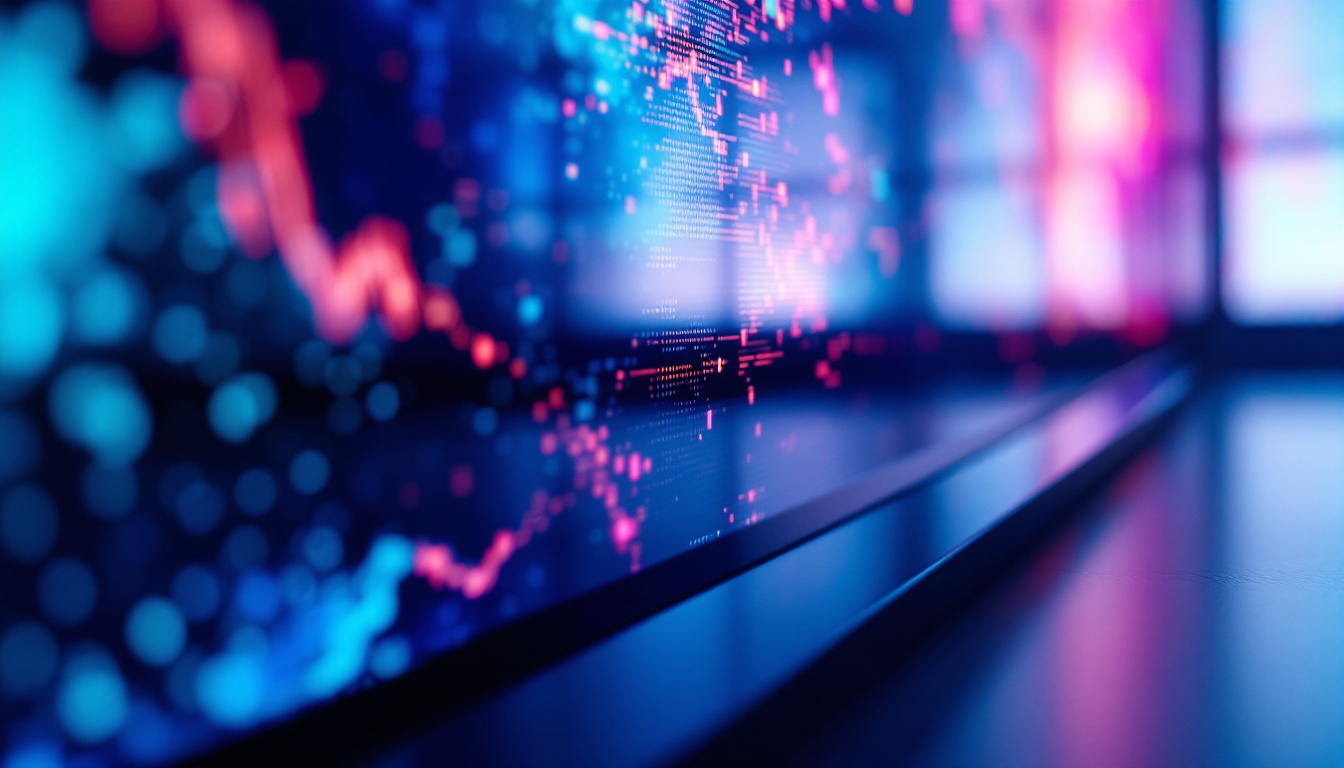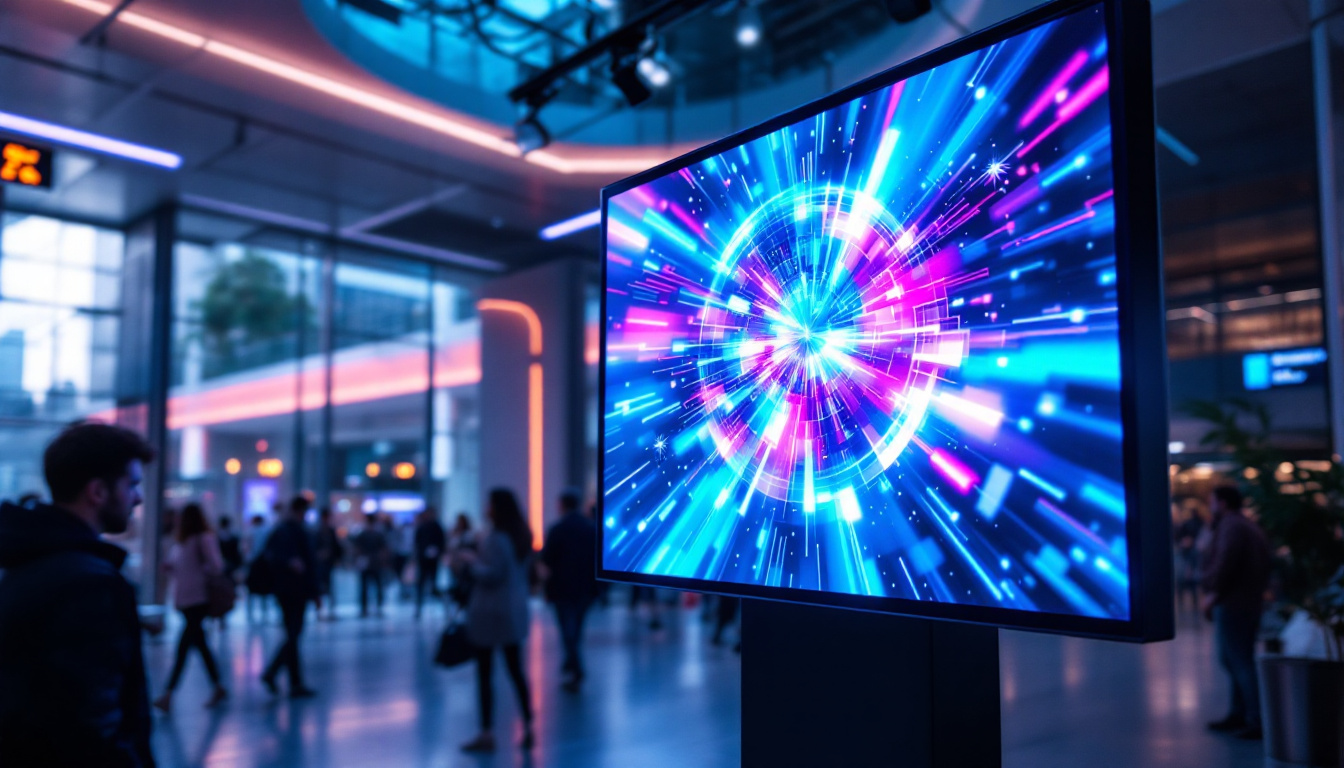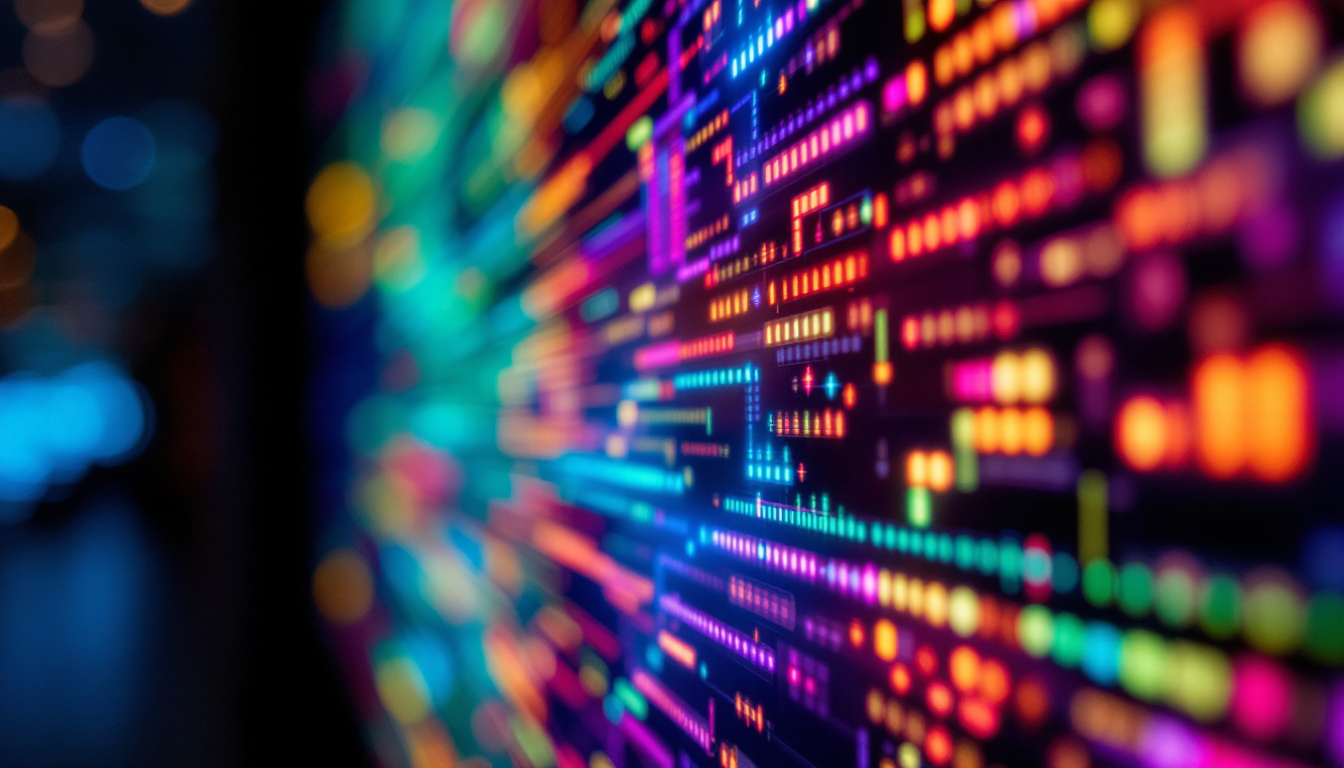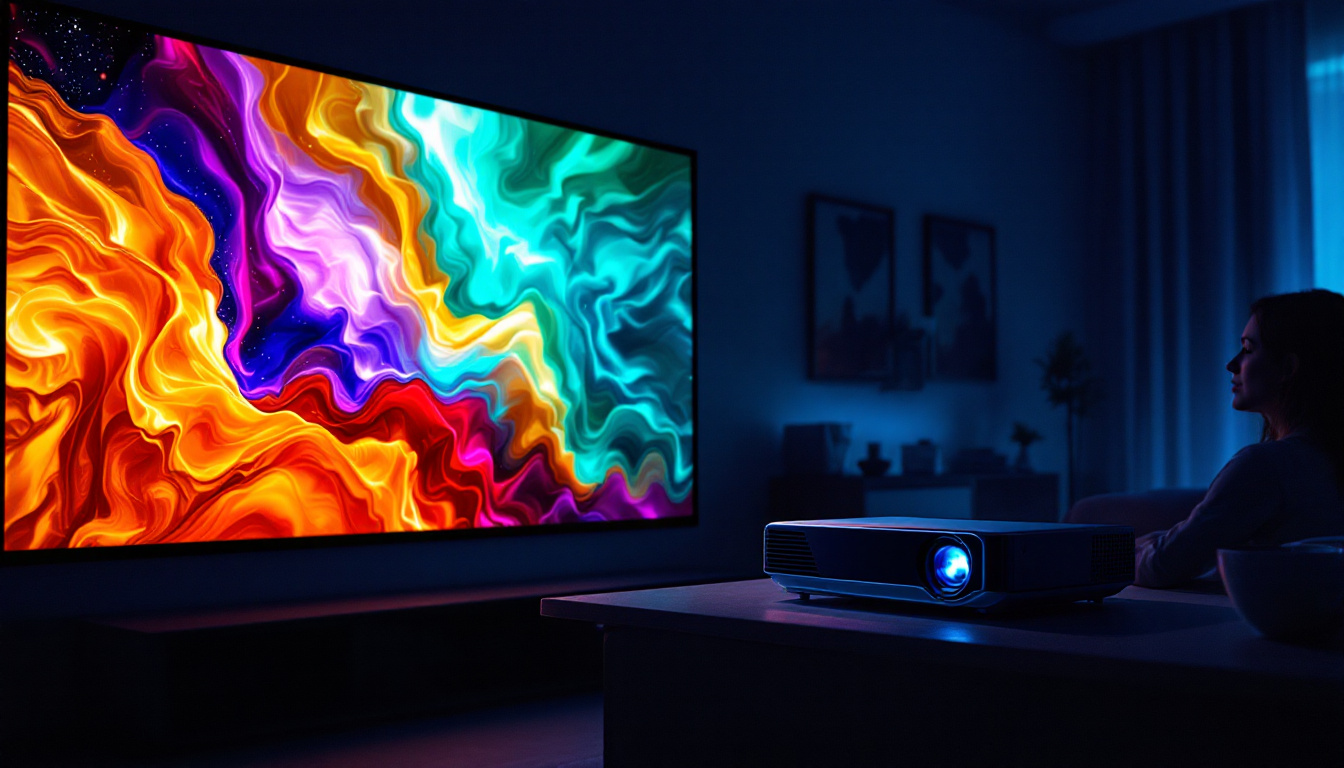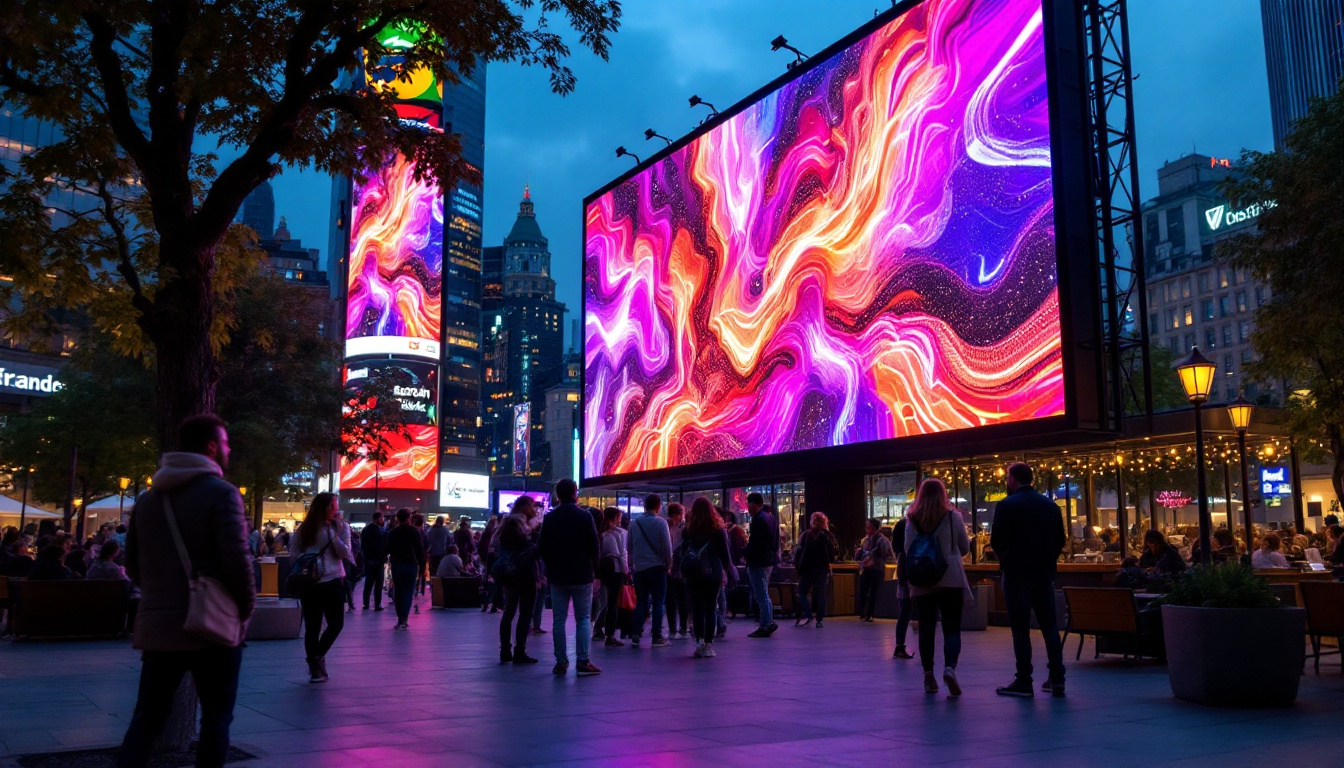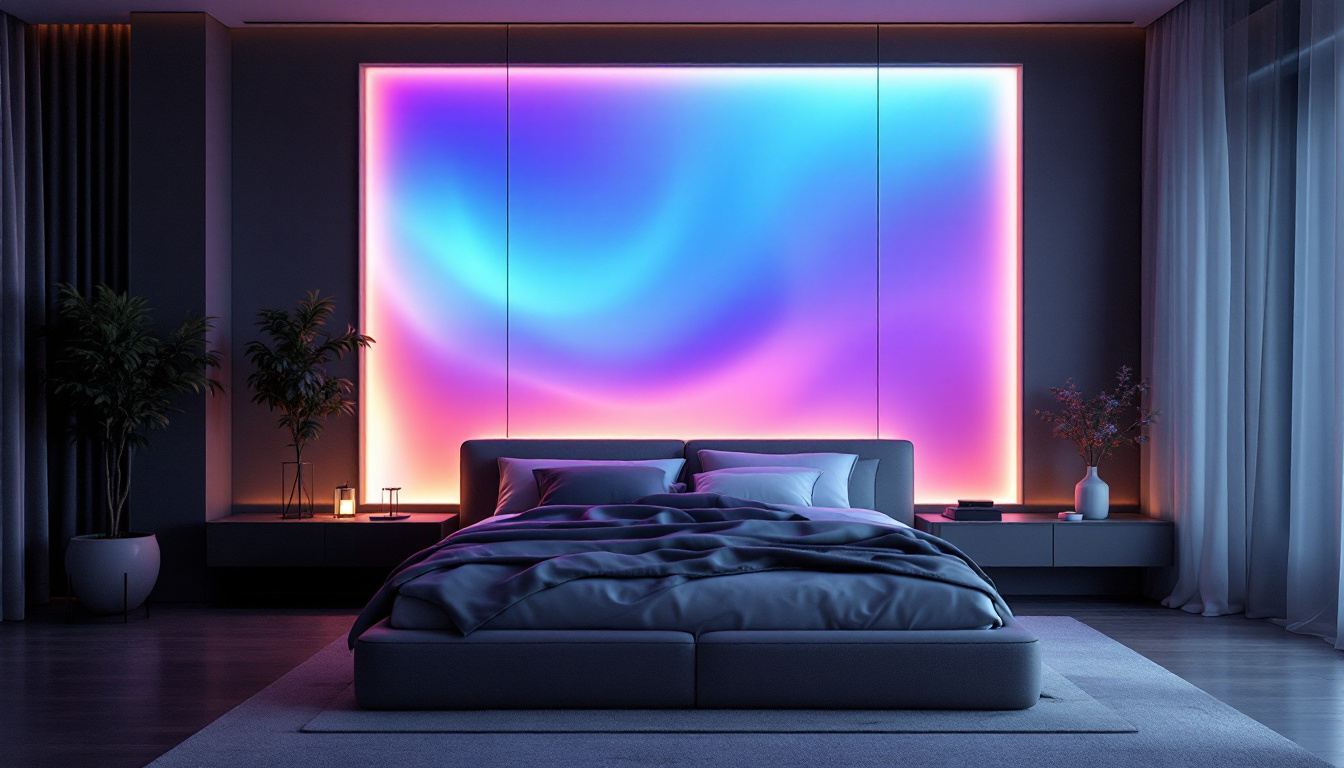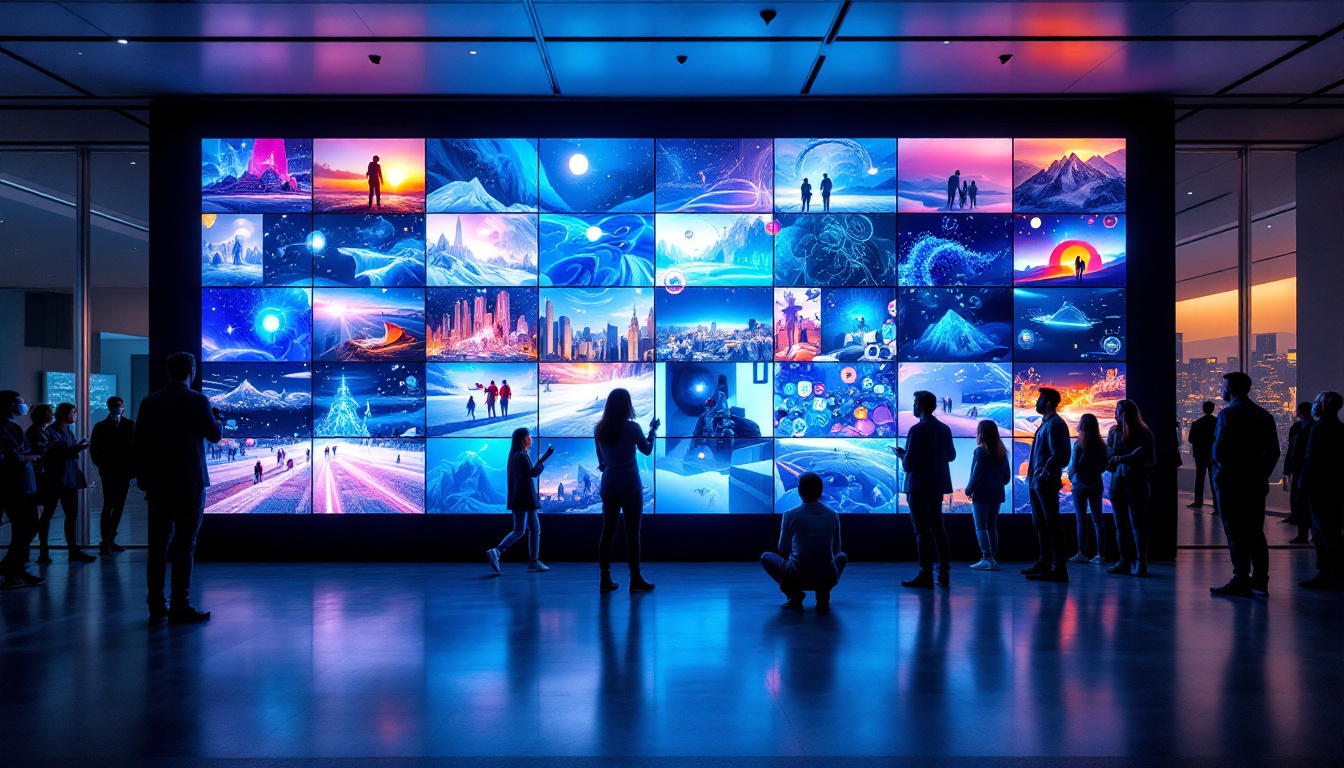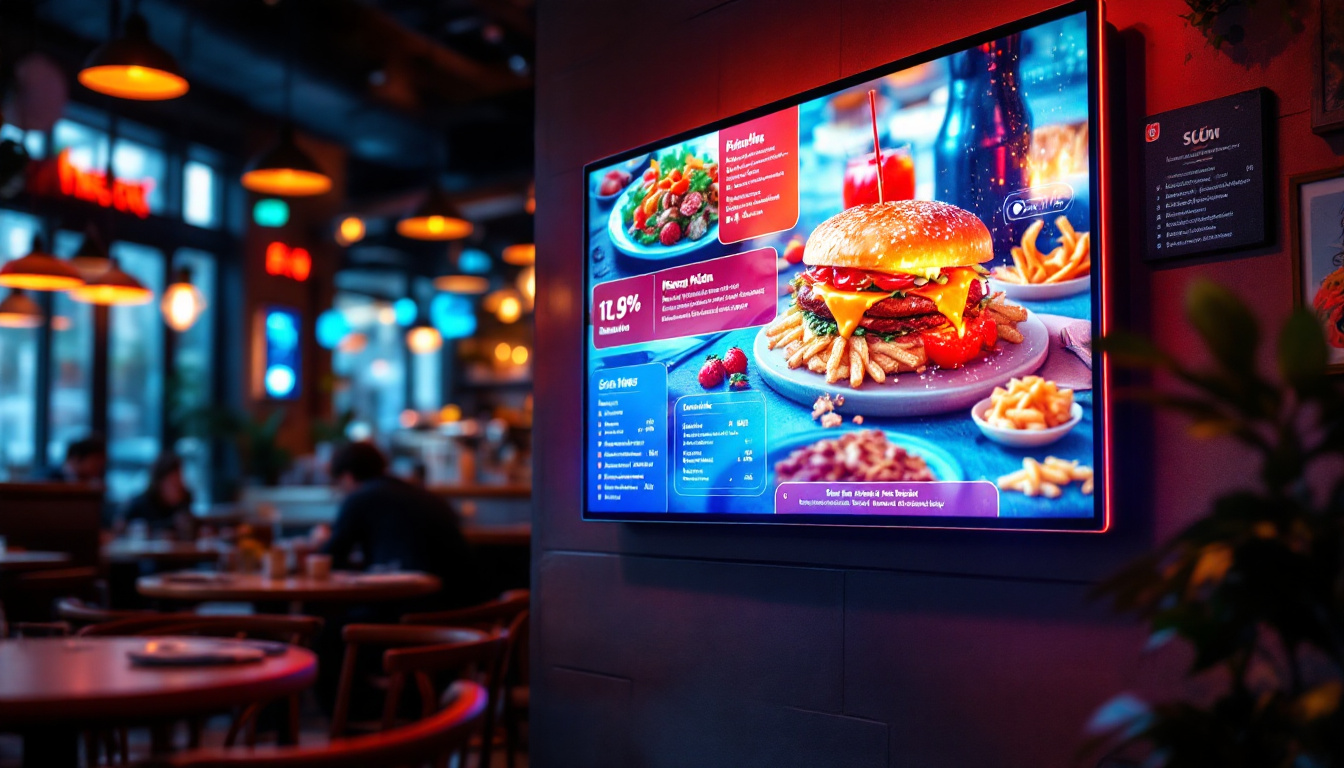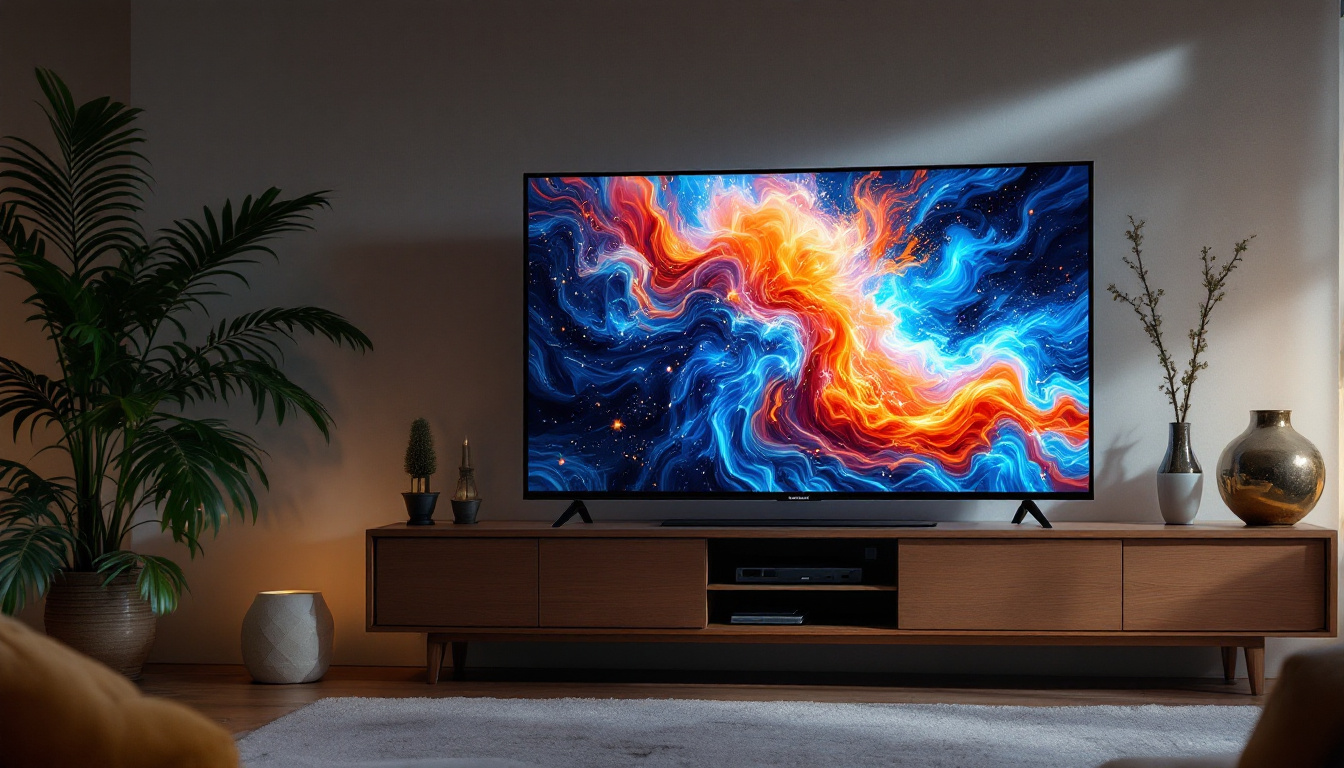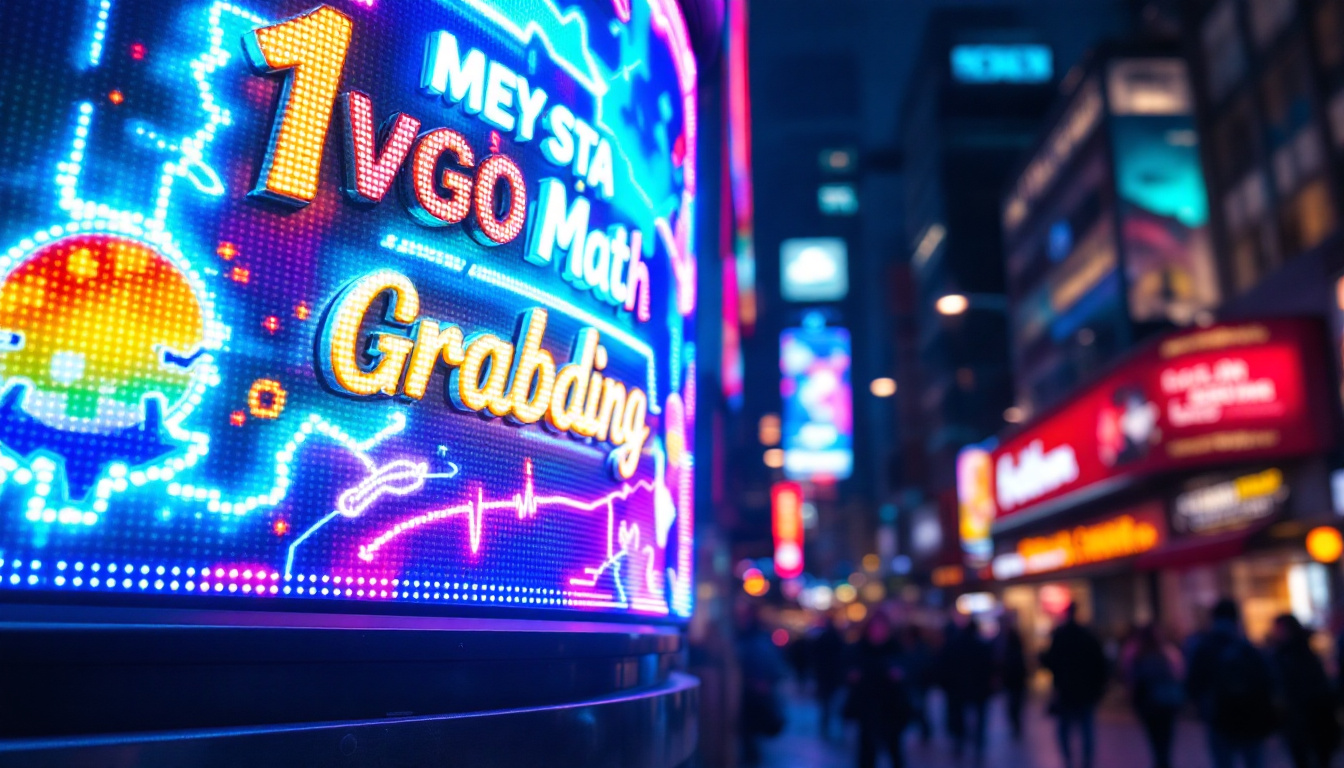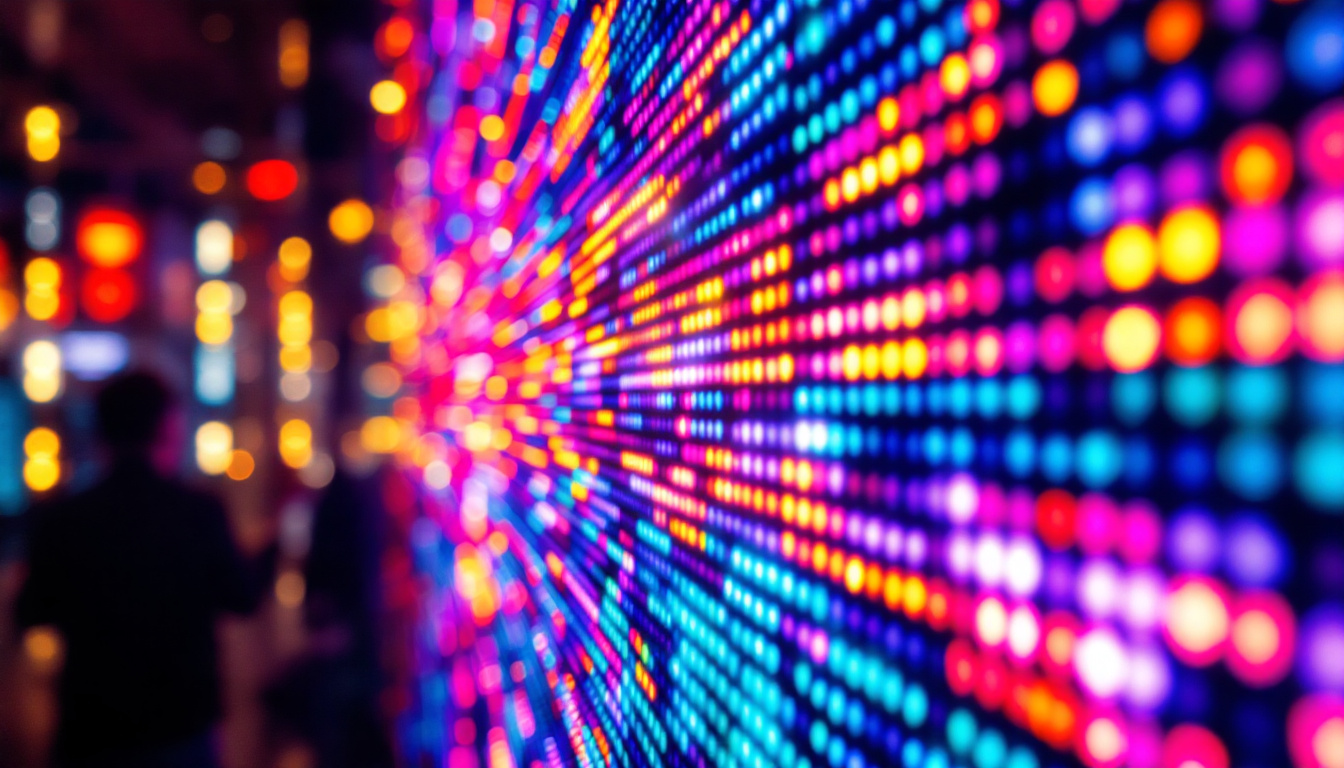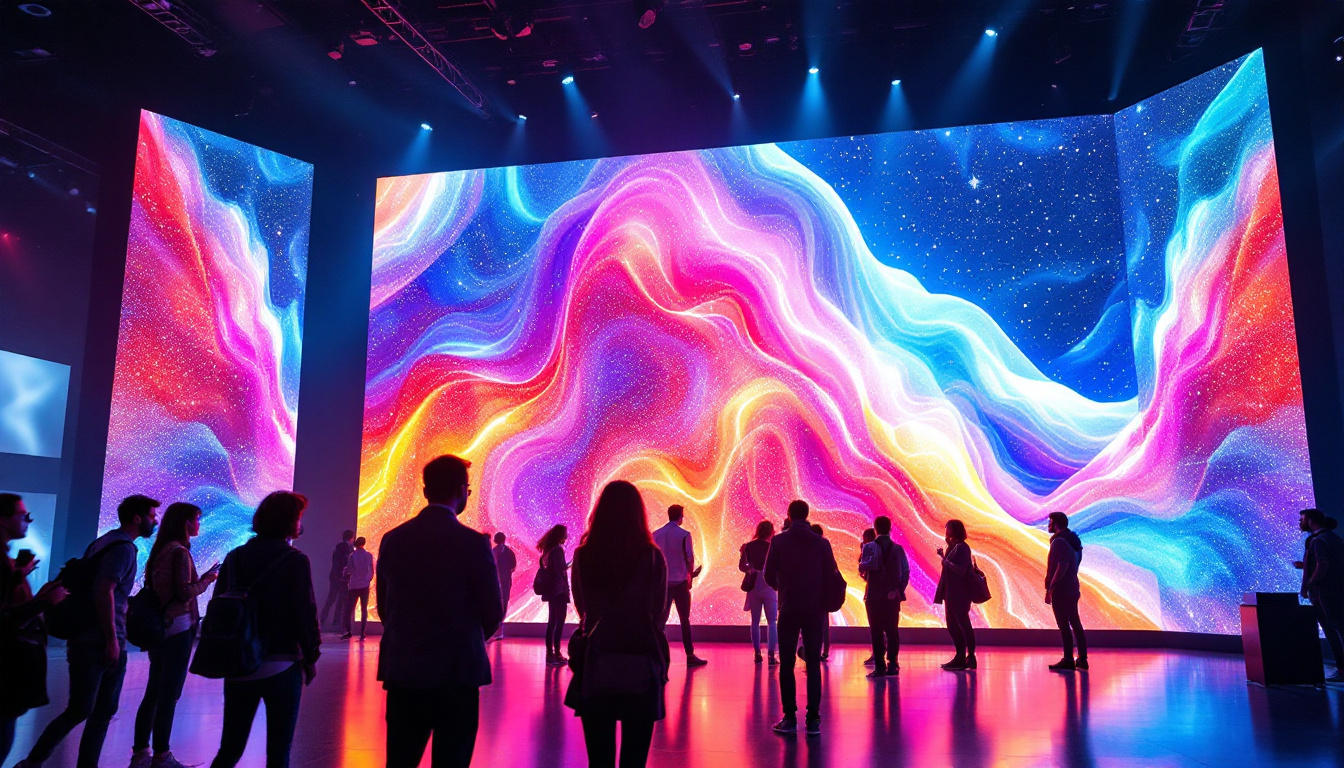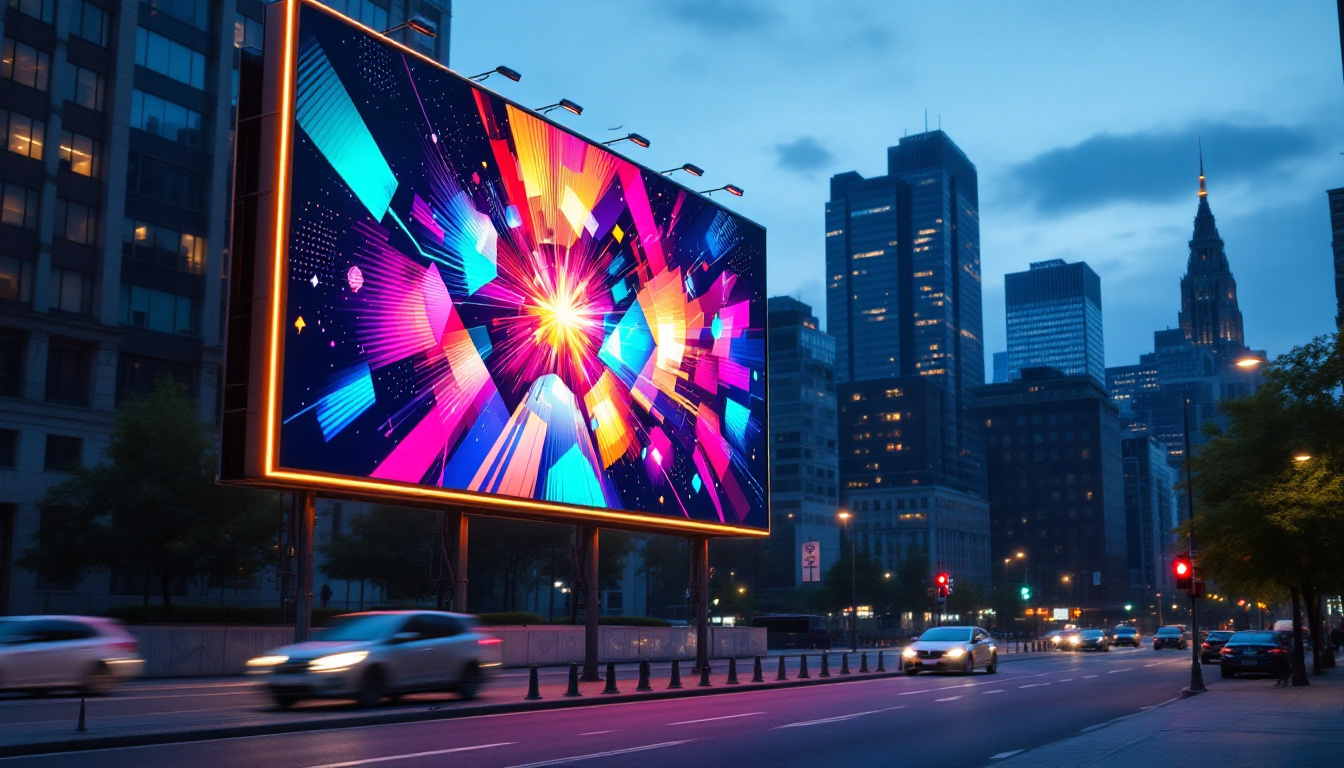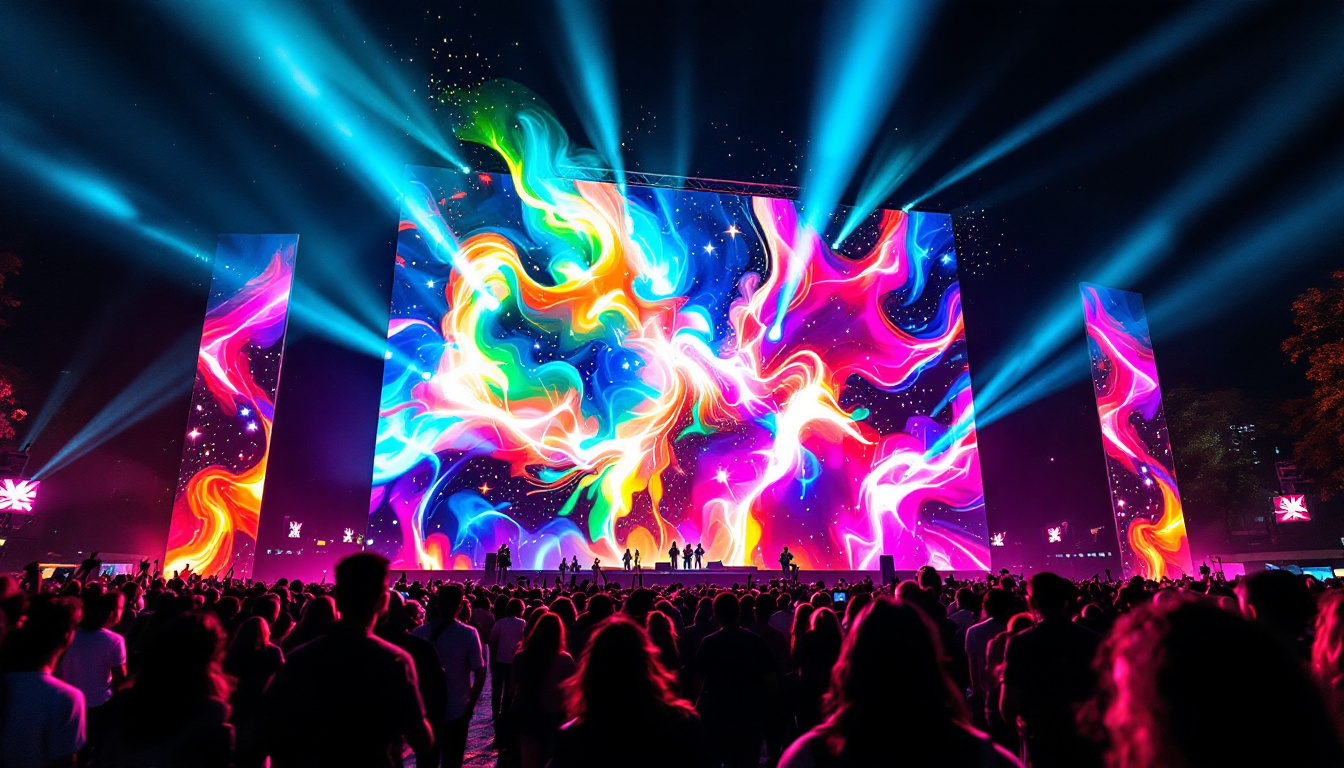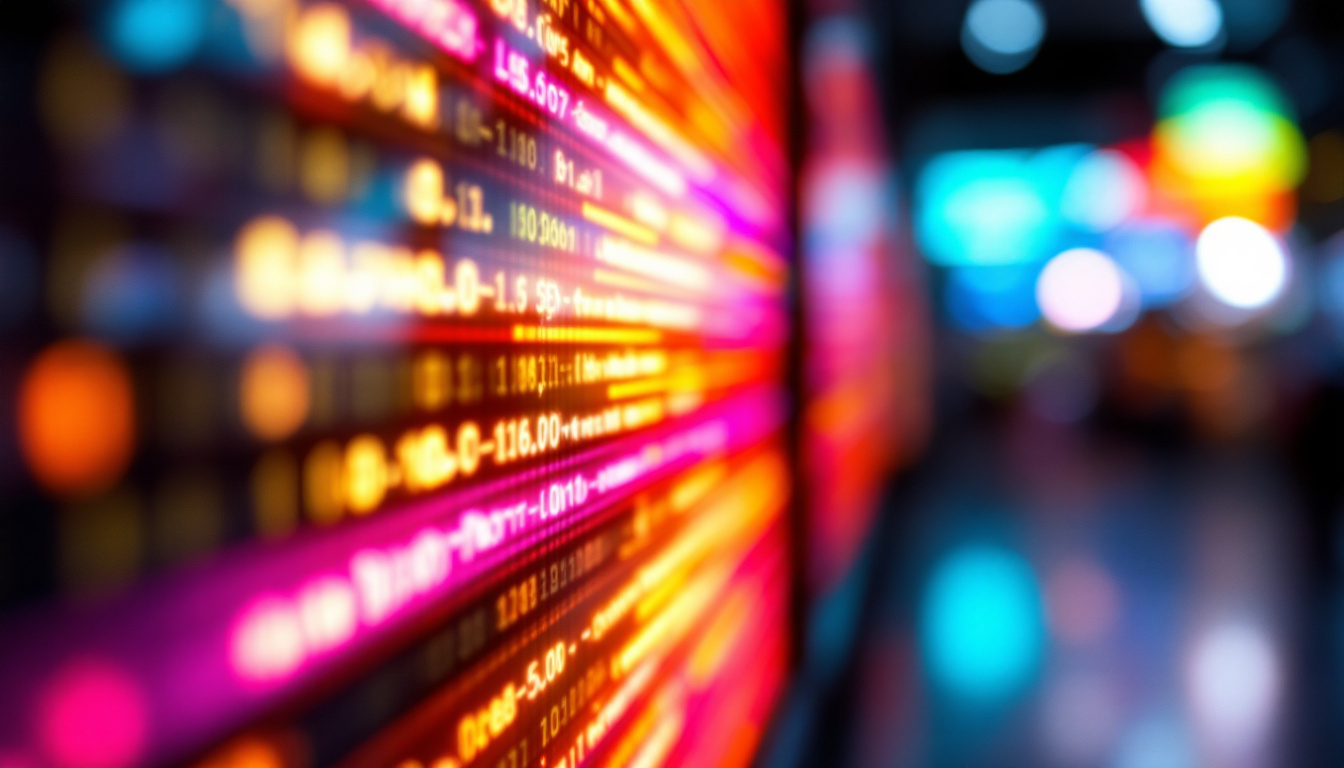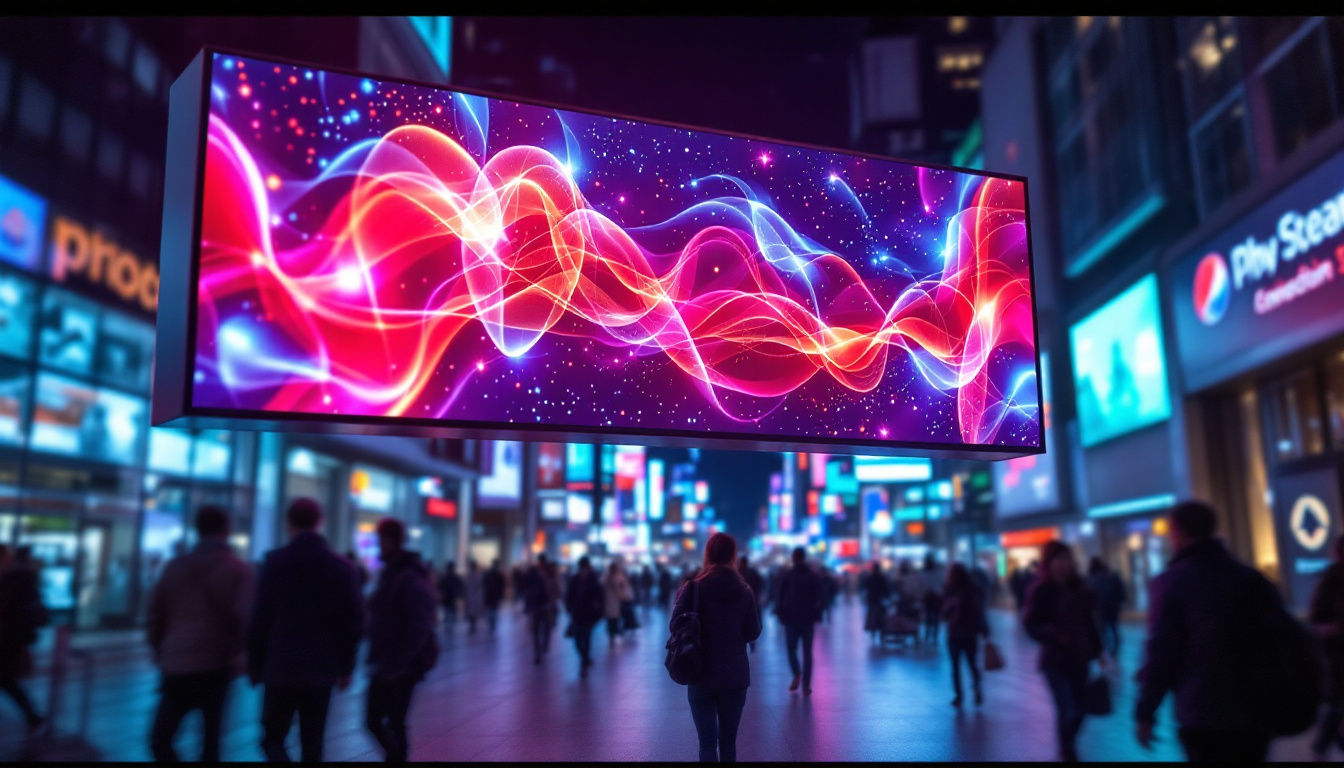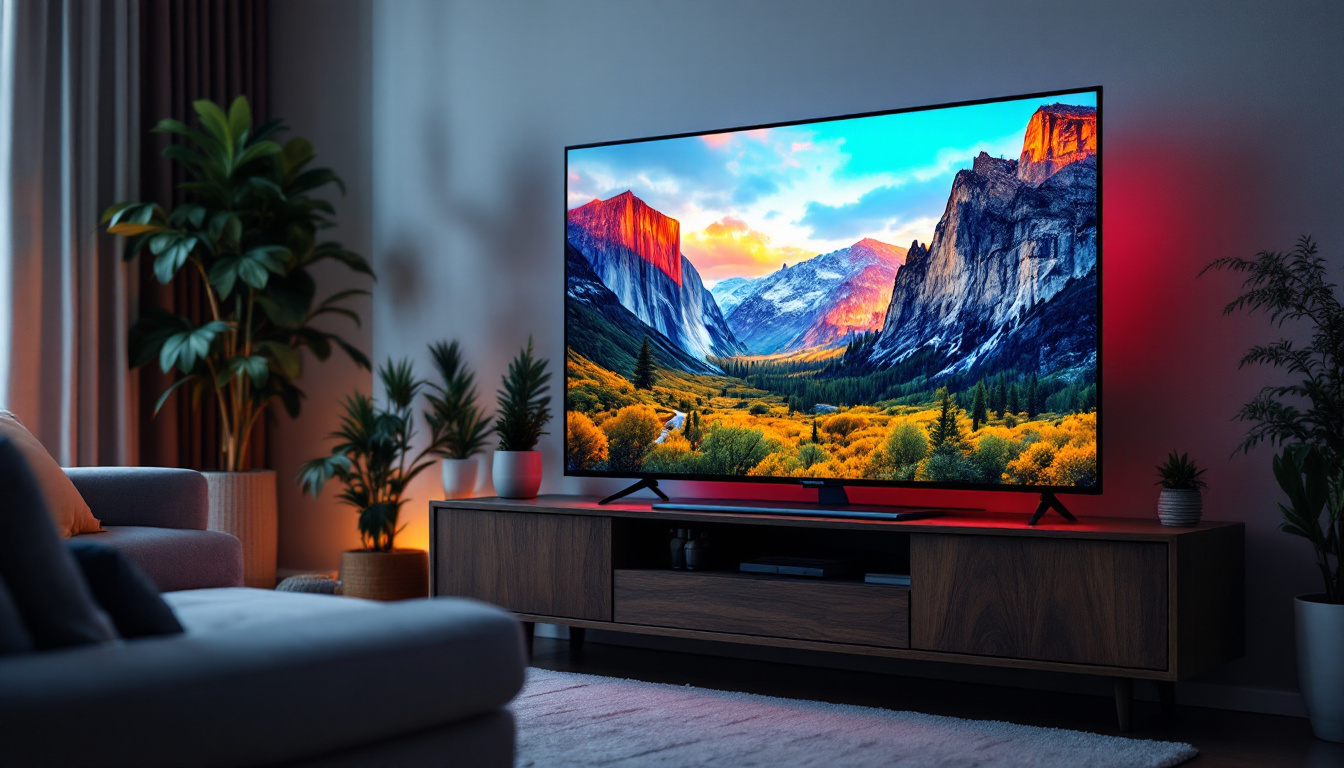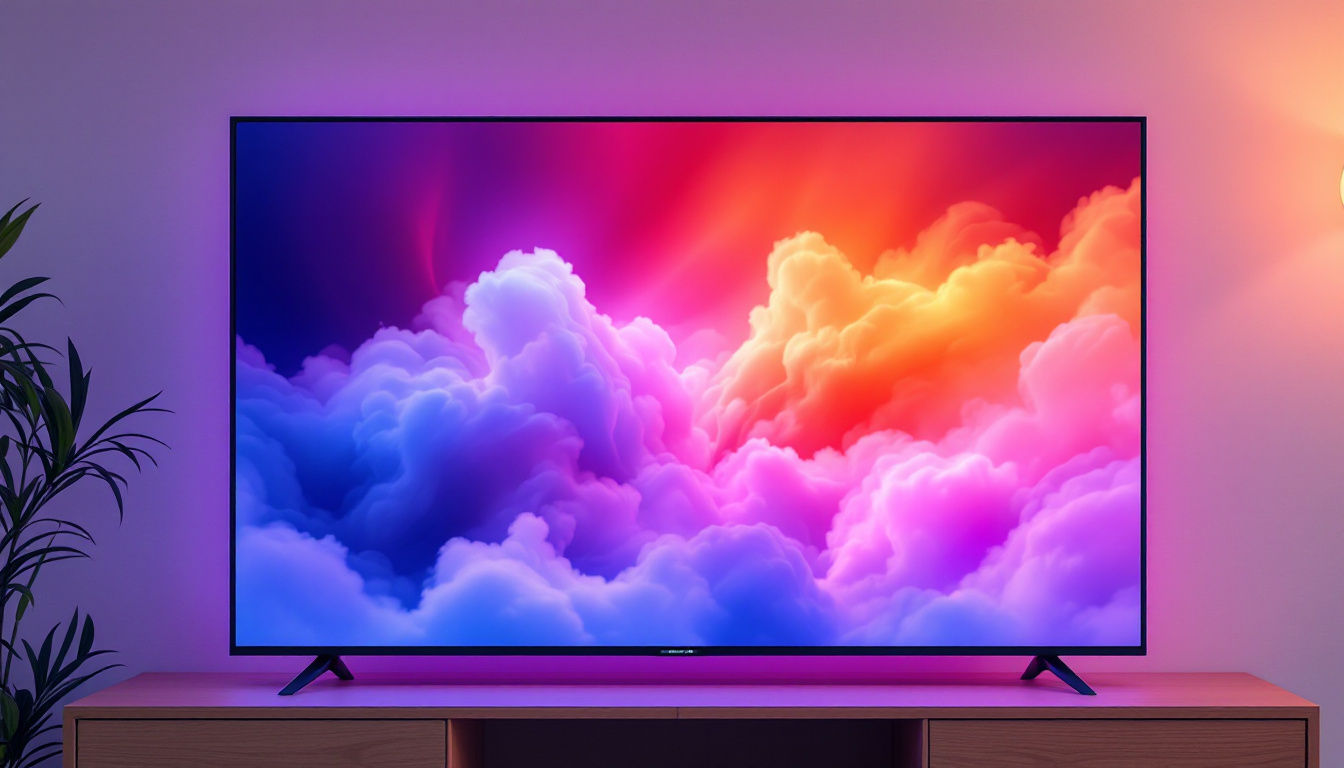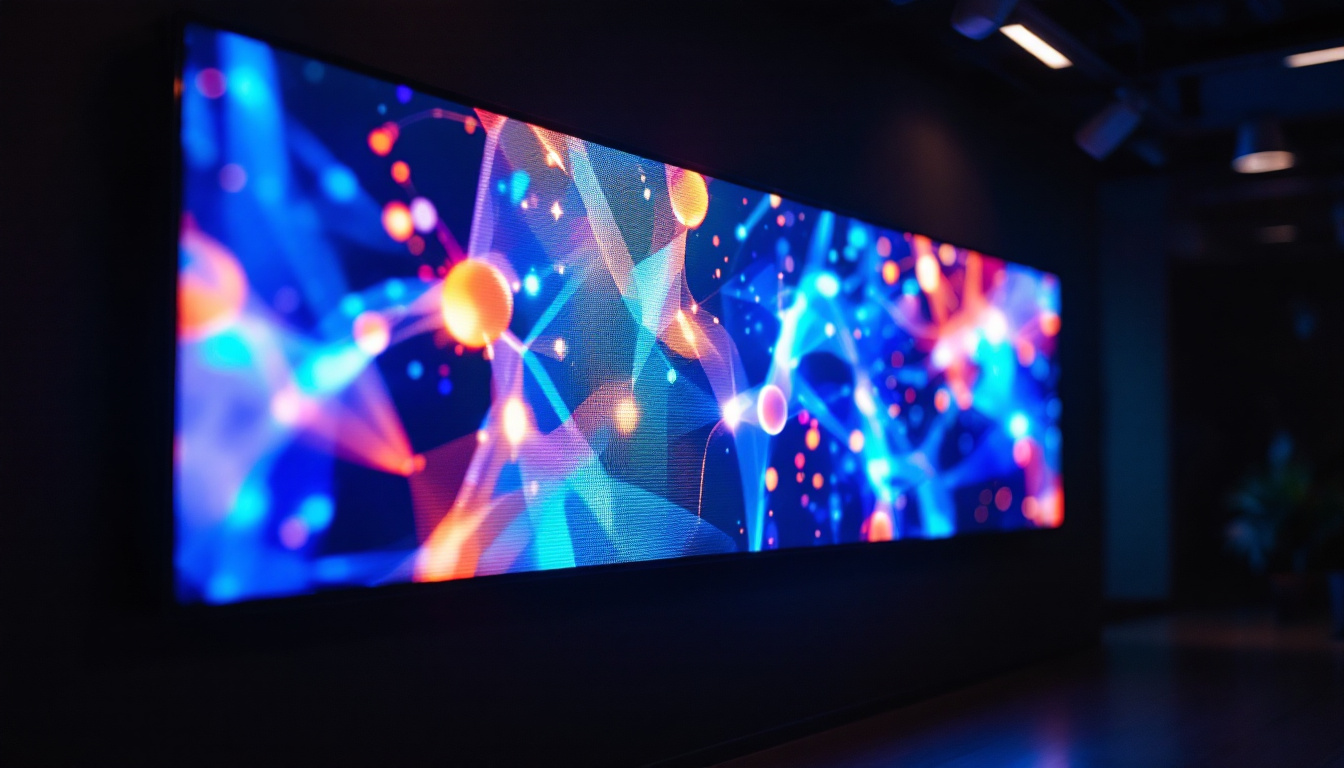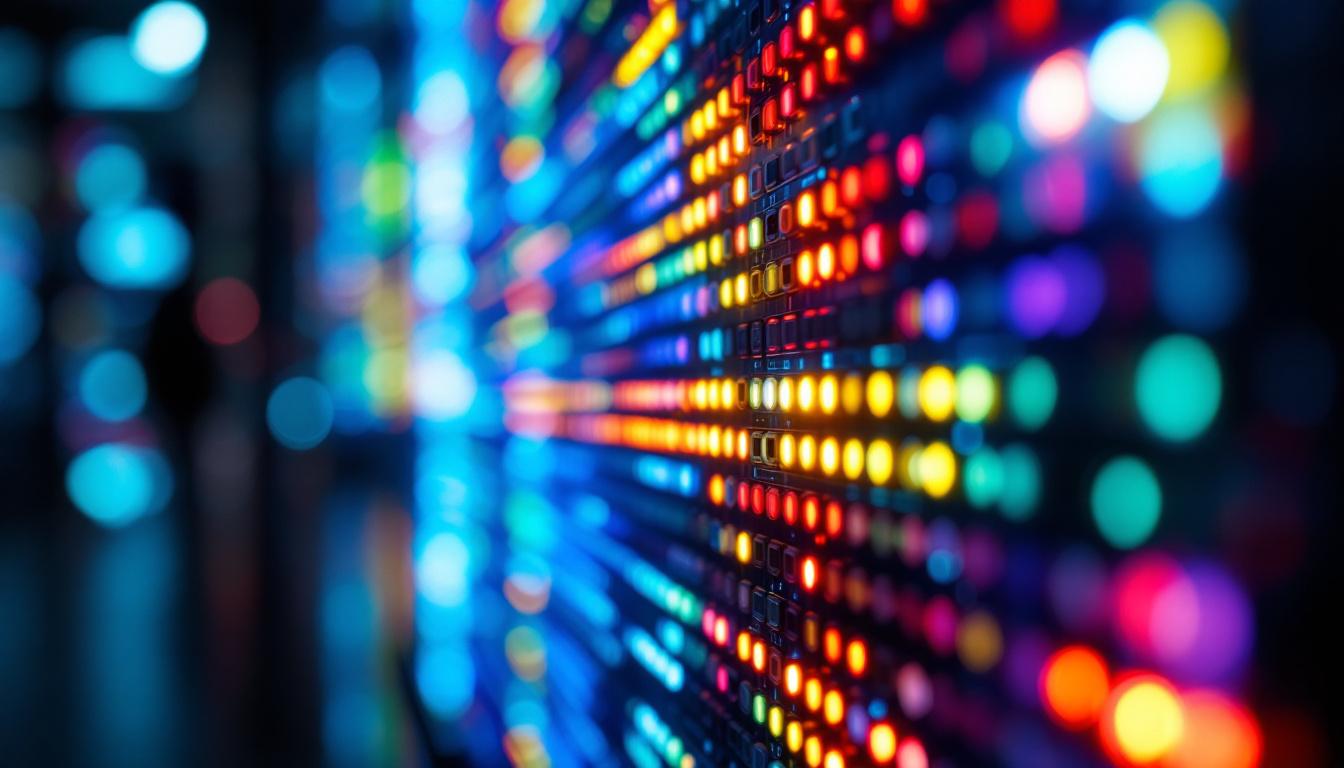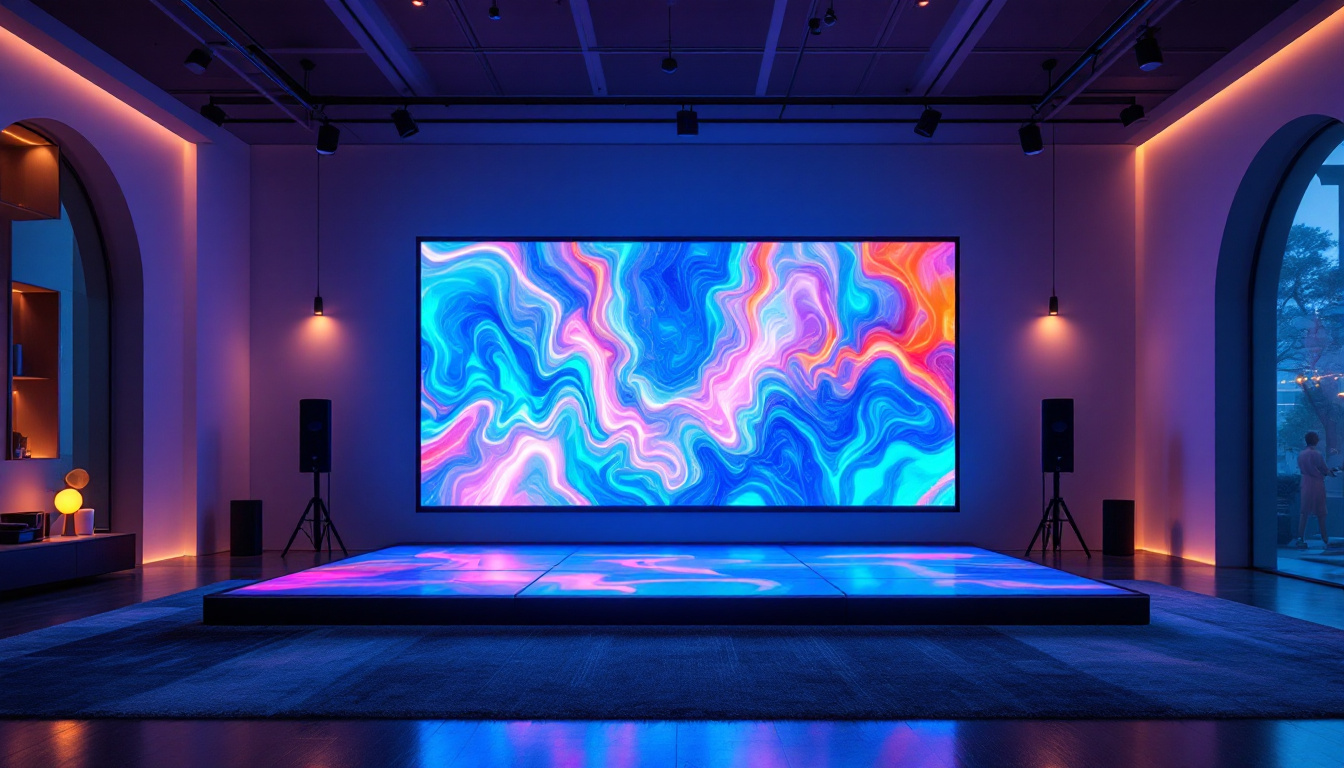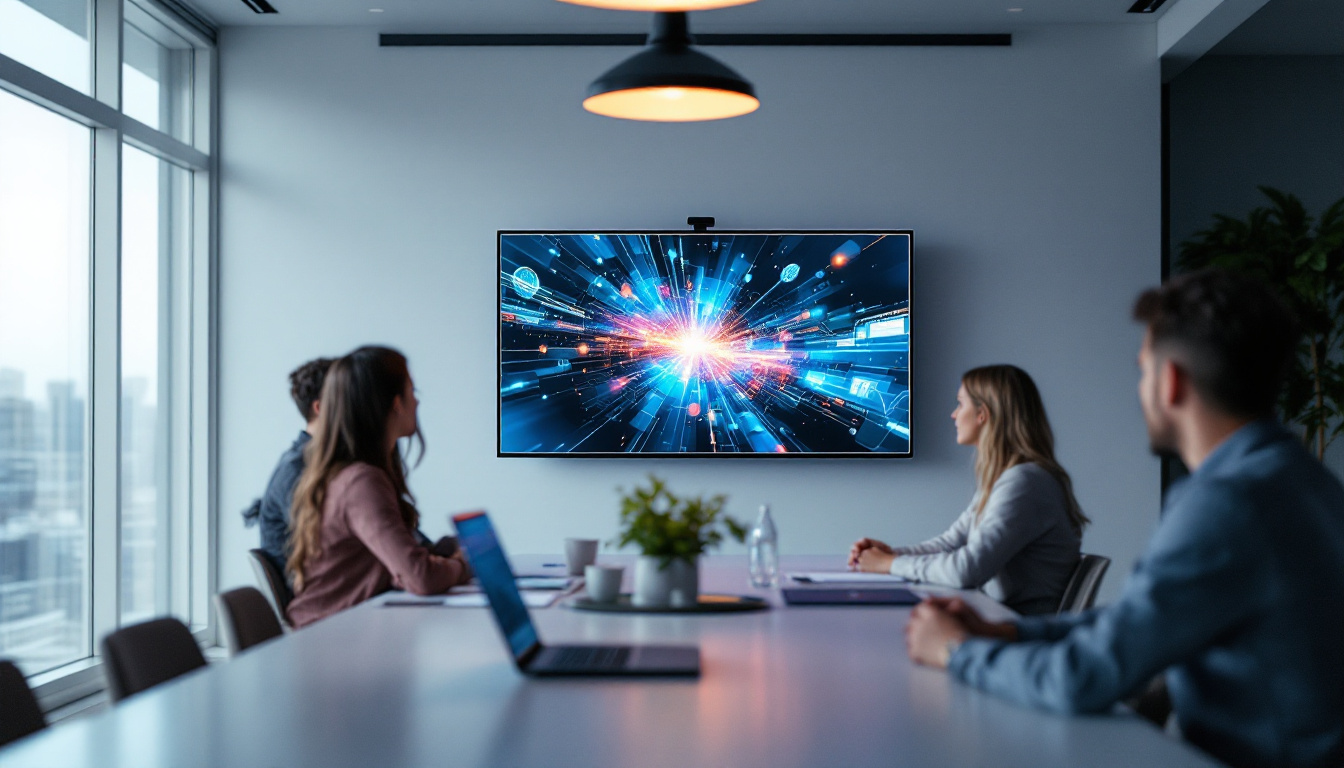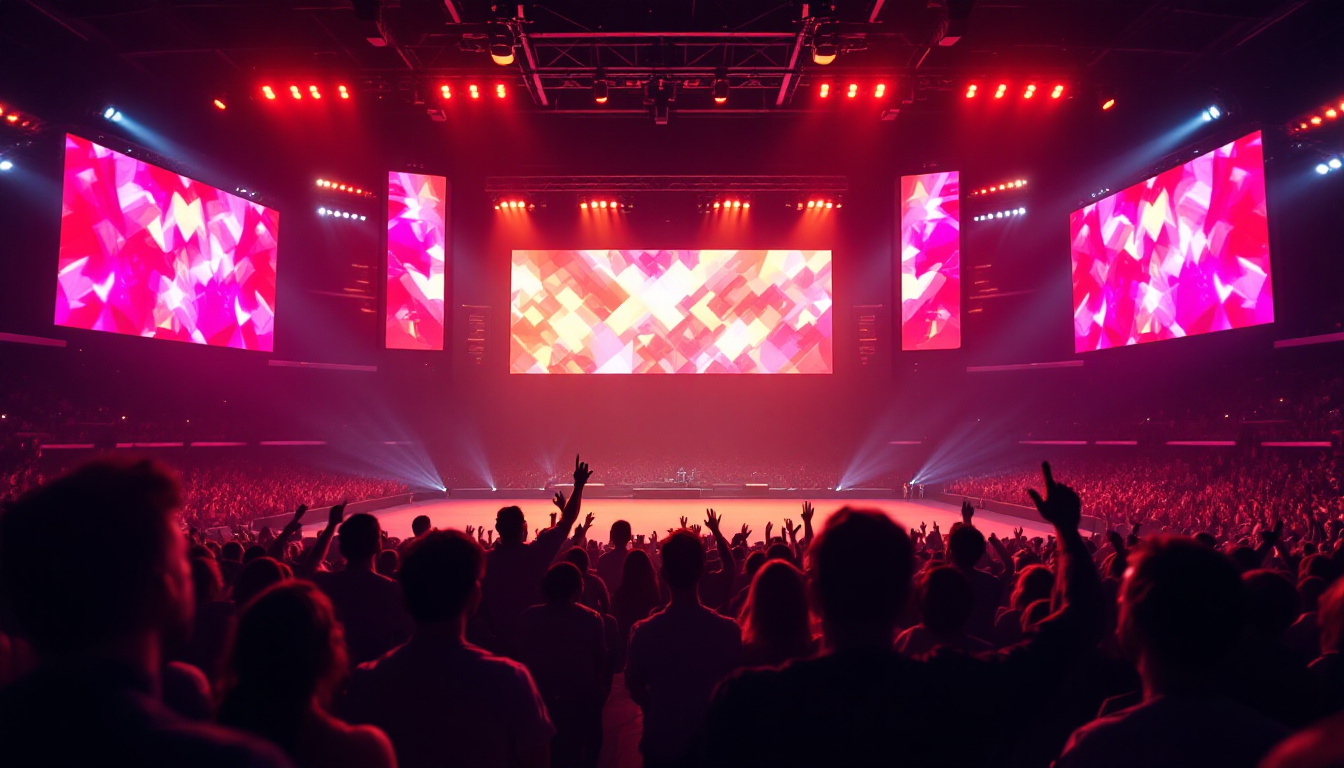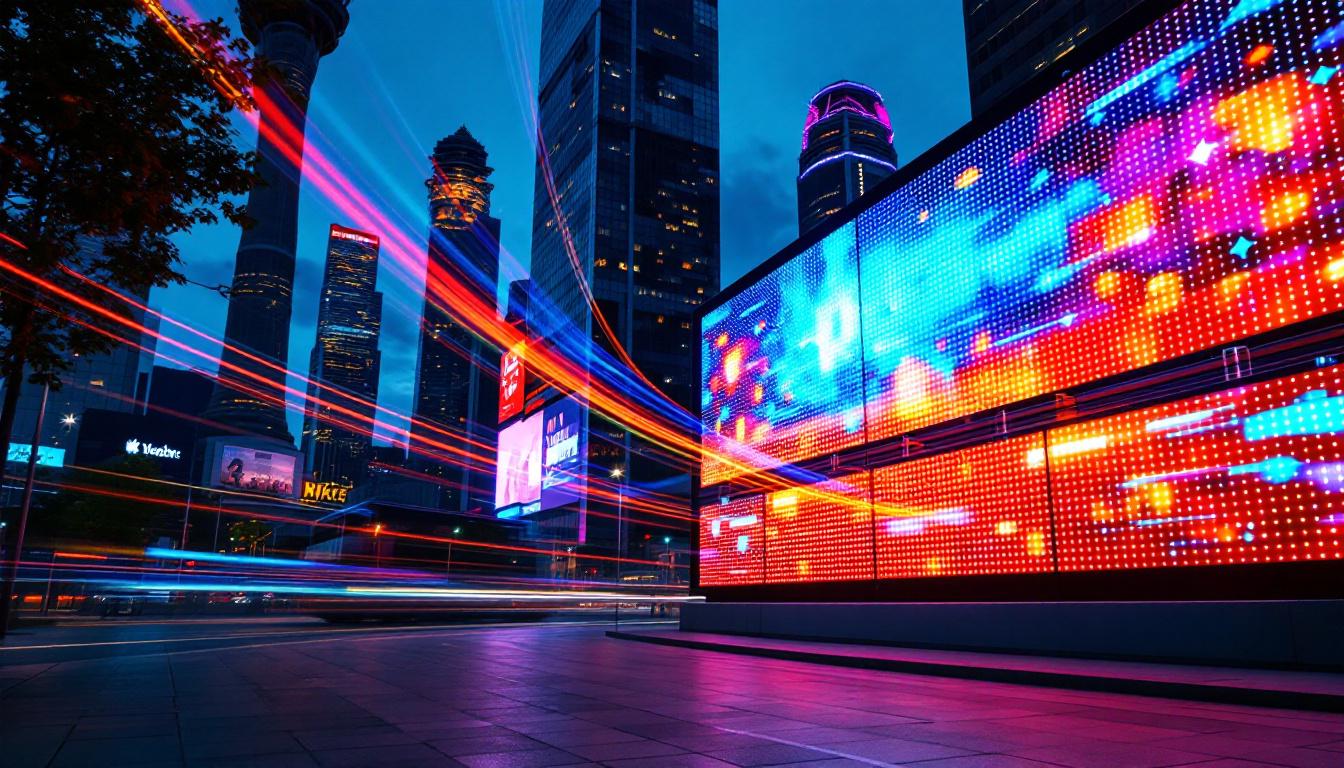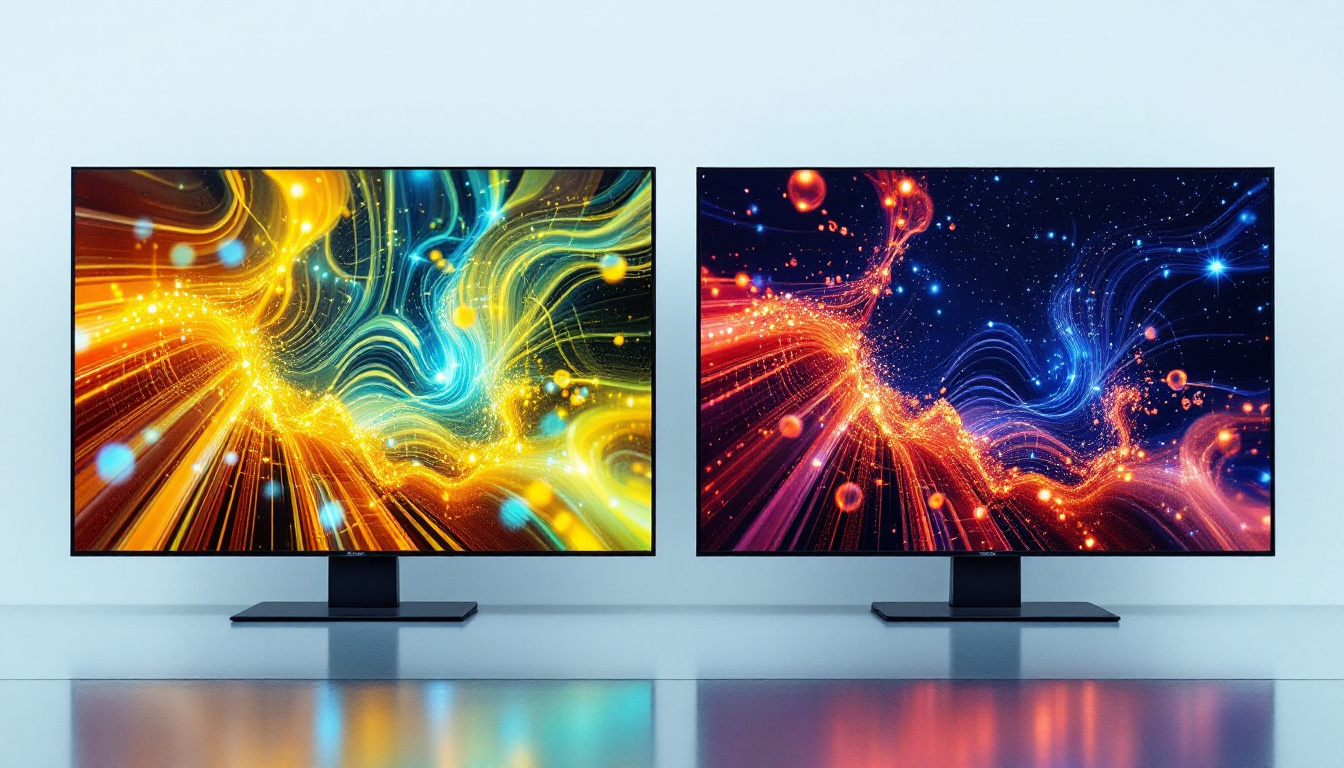In today’s fast-paced world, effective communication is paramount for businesses and organizations. One of the most impactful ways to convey messages and information is through signage. Among the various types of signage available, LED displays have emerged as a leading choice due to their versatility, vibrancy, and technological advancements. This article delves into the world of LED displays, exploring their features, benefits, and applications.
Understanding LED Displays
LED (Light Emitting Diode) displays are electronic screens that use LEDs as their primary source of illumination. These displays can present a wide range of content, from static images to dynamic videos, making them an attractive option for businesses looking to capture attention. Their versatility has led to widespread adoption across various industries, from advertising to entertainment, and even in educational settings where engaging visuals enhance learning experiences.
How LED Displays Work
At the core of LED technology is the diode itself, which emits light when an electric current passes through it. In LED displays, thousands of these diodes are arranged in a grid, forming pixels. Each pixel can change color and brightness, allowing for the creation of intricate images and animations. The combination of red, green, and blue diodes (RGB) in each pixel enables a full spectrum of colors to be displayed. This RGB configuration is crucial for achieving vibrant visuals that can evoke emotions and draw viewers in, making the technology particularly effective for marketing and branding purposes.
The control system of an LED display is equally important. It processes the incoming data and determines how each pixel should behave, enabling real-time updates and dynamic content delivery. This capability is what sets LED displays apart from traditional signage. Advanced control systems can even sync multiple displays to create a cohesive visual experience, allowing for large-scale installations that can transform public spaces into immersive environments.
Types of LED Displays
LED displays come in various forms, each suited for different applications. The most common types include:
- Indoor LED Displays: These are typically used in retail environments, conference rooms, and theaters. They offer high resolution and brightness, making them ideal for close viewing. Their ability to display detailed graphics and videos makes them a favorite for product launches and promotional events.
- Outdoor LED Displays: Built to withstand the elements, outdoor displays are larger and brighter, ensuring visibility even in direct sunlight. They are often used for billboards and event signage. The durability of these displays is enhanced by protective coatings that guard against weather conditions, ensuring longevity and consistent performance.
- Transparent LED Displays: These innovative displays allow light to pass through, making them perfect for storefronts and exhibitions where visibility is essential. They create a unique blend of digital content and physical space, allowing businesses to showcase products while still maintaining an open and inviting atmosphere.
In addition to these common types, there are also specialized LED displays designed for specific uses, such as flexible LED screens that can be curved or shaped to fit unique installations. These flexible displays are gaining popularity in creative applications, such as art installations and interactive exhibits, where traditional rigid screens would be impractical. The evolution of LED technology continues to push the boundaries of what is possible, making it an exciting field to watch as new innovations emerge.
The Advantages of LED Displays
LED displays offer a myriad of advantages that make them a preferred choice for many businesses. Understanding these benefits can help organizations make informed decisions about their signage needs.
Energy Efficiency
One of the standout features of LED technology is its energy efficiency. Compared to traditional lighting options, LED displays consume significantly less power. This not only reduces operational costs but also contributes to a more sustainable business model. The longevity of LED lights means that they require less frequent replacements, further enhancing their cost-effectiveness.
High Visibility and Brightness
LED displays are known for their exceptional brightness, which makes them highly visible in various lighting conditions. Whether it’s a sunny day or a dimly lit environment, LED displays maintain clarity and vibrancy. This attribute is particularly beneficial for outdoor applications where competing with natural light is essential.
Dynamic Content Capabilities
The ability to display dynamic content is another significant advantage of LED displays. Businesses can easily update their messaging, showcase promotions, or share real-time information. This flexibility allows for creative marketing strategies and enhances audience engagement. Additionally, the integration of motion graphics and videos can further draw attention and convey messages more effectively.
Applications of LED Displays
The versatility of LED displays means they can be utilized in a wide range of applications across various industries. Here are some notable examples:
Retail and Advertising
In the retail sector, LED displays serve as powerful marketing tools. They can be used to showcase products, announce sales, and create an immersive shopping experience. The ability to change content frequently allows retailers to keep their messaging fresh and relevant, attracting more customers.
Transportation Hubs
Airports, train stations, and bus terminals utilize LED displays for real-time information dissemination. Flight schedules, arrival and departure times, and safety announcements can be displayed clearly and efficiently. The reliability of LED technology ensures that critical information is communicated effectively, enhancing passenger experience.
Events and Entertainment
From concerts to sports events, LED displays play a crucial role in enhancing the viewer experience. Large-scale LED screens can display live feeds, highlight performances, and create captivating visual effects. This technology not only entertains but also informs audiences, making it an essential component of modern events.
Choosing the Right LED Display
Selecting the appropriate LED display for a specific application requires careful consideration of various factors. Understanding these elements can help organizations make the best choice for their needs.
Resolution and Pixel Pitch
Resolution is a critical aspect of any LED display. It refers to the number of pixels in the display, which directly impacts image clarity. Pixel pitch, the distance between the centers of two adjacent pixels, is another important factor. A smaller pixel pitch results in higher resolution and is ideal for close viewing distances, while a larger pixel pitch may suffice for further distances.
Brightness Levels
Brightness is measured in nits, and the required brightness level depends on the display’s environment. Outdoor displays typically require higher brightness levels to counteract sunlight, while indoor displays can function effectively at lower brightness. Understanding the specific lighting conditions of the intended location is crucial for optimal performance.
Durability and Weather Resistance
For outdoor applications, durability is paramount. LED displays should be constructed with weather-resistant materials to withstand rain, wind, and extreme temperatures. Additionally, features like dust and water resistance can significantly enhance the longevity of the display, ensuring it remains functional in various conditions.
Maintenance and Care for LED Displays
While LED displays are designed for longevity, regular maintenance is essential to ensure optimal performance. Proper care can extend the lifespan of the display and maintain image quality.
Routine Cleaning
Dust and dirt can accumulate on the surface of LED displays, affecting visibility. Regular cleaning with appropriate materials is necessary to keep the display clear. It’s important to follow manufacturer guidelines to avoid damaging the screen.
Software Updates
Like any technology, LED displays require software updates to function efficiently. Keeping the display’s software up to date ensures compatibility with new content formats and enhances security. Regular checks for updates can prevent potential issues and improve overall performance.
Professional Inspections
Periodic professional inspections can help identify potential problems before they escalate. Technicians can assess the display’s performance, check for hardware issues, and ensure that all components are functioning correctly. This proactive approach can save costs in the long run by preventing major repairs.
The Future of LED Displays
The LED display industry is continuously evolving, with advancements in technology paving the way for even more innovative applications. Emerging trends are set to redefine how businesses utilize signage.
Integration with IoT
The Internet of Things (IoT) is transforming various industries, and LED displays are no exception. Future displays may integrate with IoT technology, allowing for real-time data sharing and automated content updates. This could lead to highly personalized advertising experiences based on audience demographics and behavior.
Enhanced Interactivity
As technology advances, the interactivity of LED displays is expected to increase. Touchscreen capabilities and gesture recognition could allow users to engage with the display directly, creating immersive experiences. This level of interaction can enhance customer engagement and provide valuable insights into consumer behavior.
Eco-Friendly Innovations
With growing concerns about environmental sustainability, the LED display industry is also focusing on eco-friendly innovations. Future displays may utilize recyclable materials, energy-efficient technologies, and sustainable manufacturing processes. These advancements will not only benefit the environment but also appeal to eco-conscious consumers.
Conclusion
LED displays have revolutionized the way businesses communicate with their audiences. Their versatility, energy efficiency, and dynamic capabilities make them an invaluable asset across various industries. As technology continues to advance, the potential applications and benefits of LED displays are set to expand even further.
Investing in the right LED display can enhance brand visibility, improve customer engagement, and ultimately drive business success. By understanding the features, advantages, and future trends of LED displays, organizations can make informed decisions that align with their goals and needs.
As the landscape of signage continues to evolve, embracing LED technology will be crucial for businesses looking to stay ahead in a competitive market.
Discover LumenMatrix LED Display Solutions
Ready to elevate your visual communication and engage your audience like never before? Explore LumenMatrix’s comprehensive range of LED display solutions, from vibrant Indoor and Outdoor LED Wall Displays to innovative Custom and All-in-One LED Displays. With our commitment to revolutionizing visual experiences, LumenMatrix is your partner in creating displays that not only capture attention but also convey your message with unforgettable impact. Check out LumenMatrix LED Display Solutions today and see how we can transform your business’s approach to digital signage.

